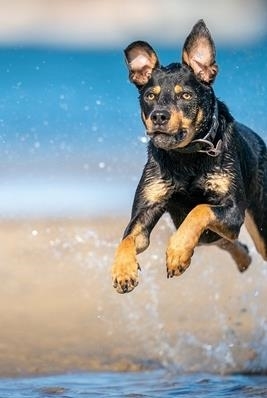Intro to Seascape Photography
Seascape photography is all about capturing the ocean in all its moods — from beautiful summer sunrises to intense winter storms, and everything in between. It’s a way of documenting the meeting point between land, sea, and sky, with an emphasis on the natural drama when these elements combine. If the sea’s the star of the show, you’re in seascape territory.
One of the best (and most frustrating) things about seascape photography is that you can’t force it. The ocean’s in charge and she doesn’t care about your schedule. If you show up when the conditions are average, chances are your photos will be too. The best seascape shots come down to being in the right place at the right time, and that requires a fair bit of forward-thinking and a healthy dose of patience.
Planning starts well before you pull out the camera. It’s checking forecasts, swell angles, tides, and wind directions. It’s studying maps, knowing which beaches face the right way for a southerly swell, or where the sun will rise in mid-winter, occasionally trusting your gut even when the reports look grim.
Then there’s patience, the real unsung hero. You can’t rush the ocean, and the best moments are often fleeting — like that perfect wave., the soft glow just before the sun dips below the horizon or the gap in the clouds that sets the whole scene on fire. You’ve got to be willing to wait it out. And sometimes, despite all the planning, you might return with absolutely nothing. But even the failures sharpen your eye, teach you the lay of the land, and leave you better prepared for next time. Because seascape photography isn’t just about the final image, it’s about learning how to read nature’s rhythms and showing up when it counts.
I’ve always been drawn to photographers who manage to capture the essence of the sea without overcomplicating it. Ray Collins and Warren Keelan’s work provided a lot of inspiration when I first started shooting the ocean. Their work captures power and grace in the same frame, and you can tell they know the ocean intimately and have a great grasp of the magic combination of water and light.
.jpg)
Equipment
For me, the Sony Alpha 7R V is the ultimate seascape camera. The resolution is incredible; and the dynamic range gives you so much flexibility when it comes to pulling detail out of highlights and shadows, especially important when you’re dealing with high-contrast coastal light. The weather sealing is also a huge bonus. You don’t always have the luxury of shooting in pristine conditions, and knowing your gear can take a bit of sea spray without flinching gives you the confidence to stay out and keep shooting.
My go-to lens for seascapes is the FE 24-70mm F2.8 GM II. It’s incredibly versatile, wide enough to capture the drama of a sweeping coastline, but also great for locking in on specific details like waves crashing over rocks or reflections in the sand. It’s also surprisingly compact, making it a great option when shooting in the water.
For isolating scenes and capturing intricate detail, the new FE 400-800mm F6.3-8 G OSS lens is an absolute weapon. When you’re shooting from land, this kind of reach lets you pick out specific elements of a chaotic coastline. Maybe it’s a single wave detonating on a distant reef, a curtain of sea spray catching the backlight, or the texture of a headland being carved by swell. The compression you get at longer focal lengths can turn an ordinary moment into something dramatic. It’s also brilliant for photographing the ocean in abstract, isolating sections of moving water to create interesting textures. With a lens like this, you can start to see the sea differently.
My go-to tripod setup is the Sirui W-2004, mostly because of its waterproof legs, an underrated feature that makes a big difference when you’re working around salt water. I pair it with the Sirui VH-15 Fluid Video Head, which handles heavier lenses beautifully and gives me smooth pan shots, ideal for slow shutter panning images of waves with silky texture.
In the water, I rely on the AquaTech Edge housing for my Sony Alpha 7R V I reckon AquaTech makes the best surf housings in the game, solid, reliable, and designed to give you full creative control. You can access the full zoom range of your lens, which is key when you’re swimming and trying to frame up fast-changing scenes.
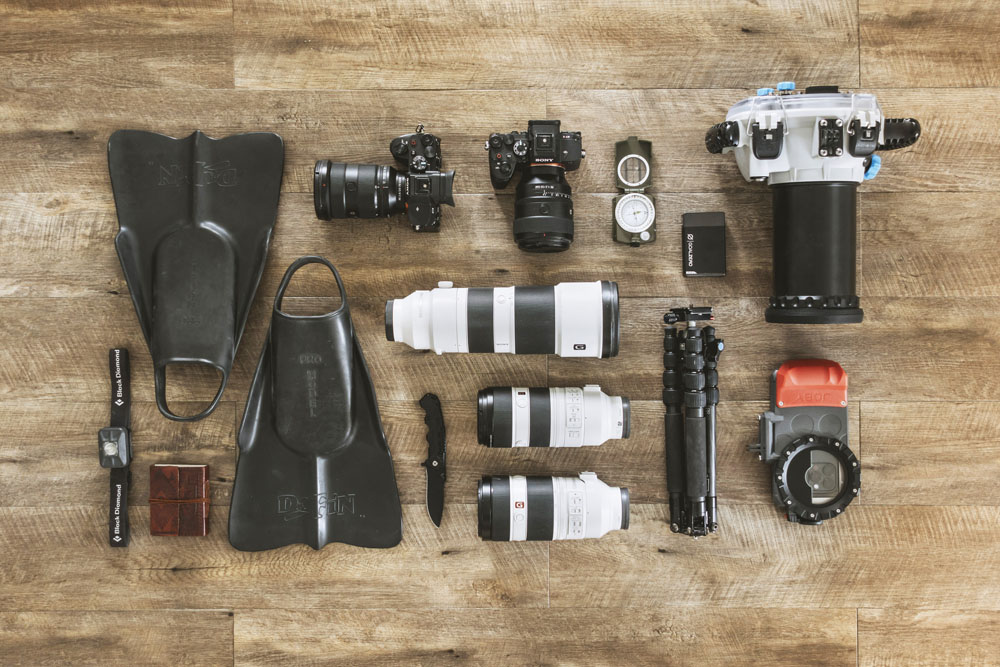.jpg)
Composing the Perfect Seascape Shot
The rule of thirds is a classic for a reason. One of my favourite ways to frame ocean imagery is by placing the sky in the top third, the foreground in the bottom third, and all the action in that middle zone. It helps bring balance to the image and guides the viewer’s eye right where you want it.
A dramatic sky can be the star of the show, but it can also be cool to anchor your shot with something in the foreground. Rocks, driftwood, sand textures, or even a waterline can add depth and context, helping the viewer feel more immersed in the scene.
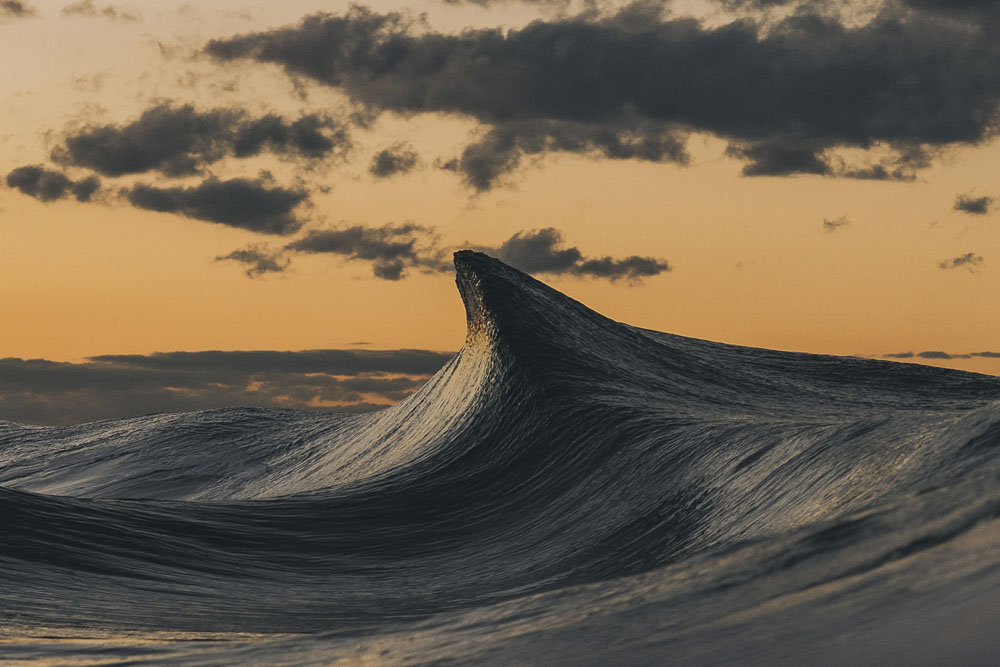.jpg)
Your feet are your best compositional tool. Shoot low from the sand for intimacy and texture, or get higher on a dune or lookout for an elevated angle on the scene. Subtle shifts in perspective can completely change the feel of an image and how the landscape elements interact. The coastline offers endless compositional options, you’ve just got to move around and see it from new angles.
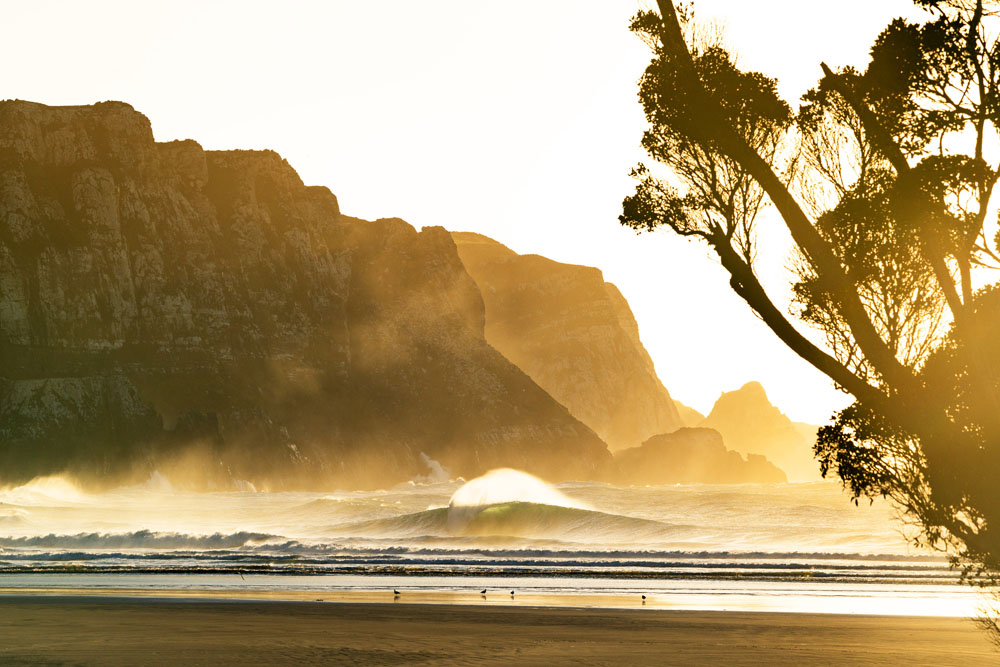.jpg)
Mastering Light and Weather Conditions
My favourite light occurs on the edges of the day. I love shooting at sunrise before the world wakes up. There’s usually no one around, and you really feel like you have the beach to yourself. The light changes so quickly at sunrise. At dawn there’s a softness, and often a wash of gentle colour. Once the sun breaks the horizon, everything shifts. The scene becomes more dramatic, with strong, contrasty light.
Weather is an important part of the story. Not every shoot needs to be on a beautiful day. Storm fronts bring contrast, energy, and emotion. Flat grey light? Great for long exposures. Mist and rain? They can wrap your scene in atmosphere. The trick is to work with the conditions rather than fight them. New Zealand has taught me that the weather can change in an instant, you’ve just got to be ready.
You can’t control natural light, but you can adapt to it. Side light brings out the texture in rocks and the shape of waves. Backlighting can give your image a dreamy glow, especially when the sun hits the spray or catches the surface just right. Cloud cover can act like a giant softbox. A sudden break in the sky might spotlight a lone feature. These are the moments to look for, the ones that make a photo feel alive.
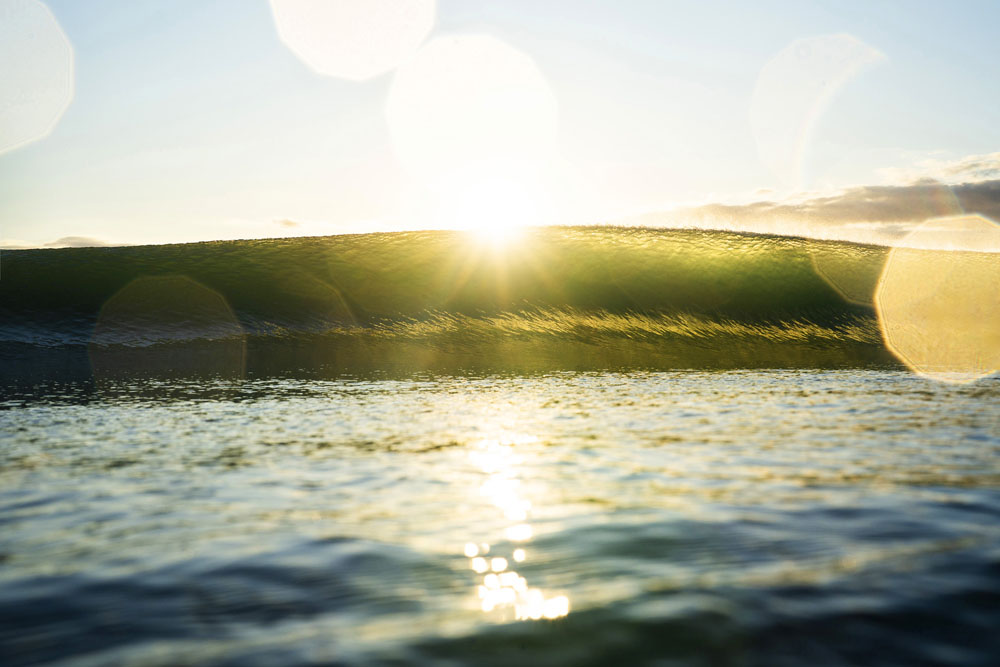.jpg)
Advanced Techniques for Stunning Seascapes
I love playing with long exposures. Low light conditions like dusk and dawn are perfect for leaving your shutter open longer, or you can invest in heavy ND filters to balance more intense lighting situations. A solid tripod is essential for consistent results. You can lock it off and let the water move through your scene for that soft, ghostly look, or try panning with the wave to give it a silky texture with a sense of motion.
If you want to show the power and energy of the ocean, go for faster shutter speeds to freeze movement. Waves exploding on rocks or surfers mid-turn make for dynamic, high-impact frames. It’s about choosing the right moment and reacting fast.
In post-production, pull back highlights and lift shadows to keep detail in both the sky and the sea. Adjust your white balance to suit the mood, use cooler tones for misty conditions and warmer tones for glowing sunset shots. The AI masking tools in Lightroom are great for isolating and enhancing the sky without affecting the rest of the frame.
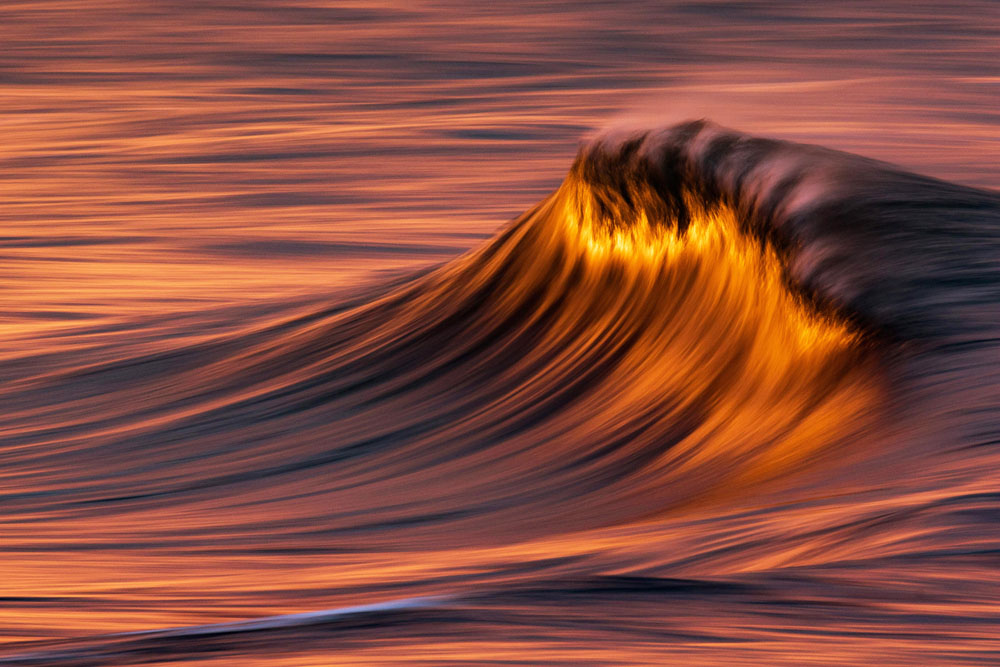.jpg)
Safety and Environment Considerations
Never turn your back on the ocean. Always check tides and swell size before heading out. If the swell is forecast to rise quickly, you need to be prepared for that. If you’re swimming and shooting from the water, don’t go out in conditions you’re not comfortable in, and never swim alone. If something happens, you want someone looking out for you.
Keep your distance from all wildlife and nesting areas. Shooting with long lenses like the FE 400-800mm F6.3-8 G OSS is a great way to get the shot without intruding on their space. The ocean gives us a lot, so return the favour by treading lightly.
Don’t disturb the natural beauty you’re trying to capture. Be mindful of where you’re walking, coastal ecosystems can be delicate. There’s that classic saying, take only photos, leave only footprints, but I think we can do one better. Make it a habit to pick up three pieces of rubbish every time you go out. It’s a subtle way we can all help keep the beaches the way we love them.
Final Thoughts
Seascape photography isn’t just about chasing perfect light or finding the most dramatic swell. It’s about slowing down, tuning in, and learning to work with what the ocean gives you. Some days you’ll come home with something special; other days, you’ll come home soaked and empty-handed, but it’s all part of the process. The more time you spend watching, waiting, and shooting, the more you start to feel the rhythm of a place. That’s where the real magic happens. So check the forecast, pack your gear, and get out there. The sea’s always changing, and there’s always something worth capturing.







